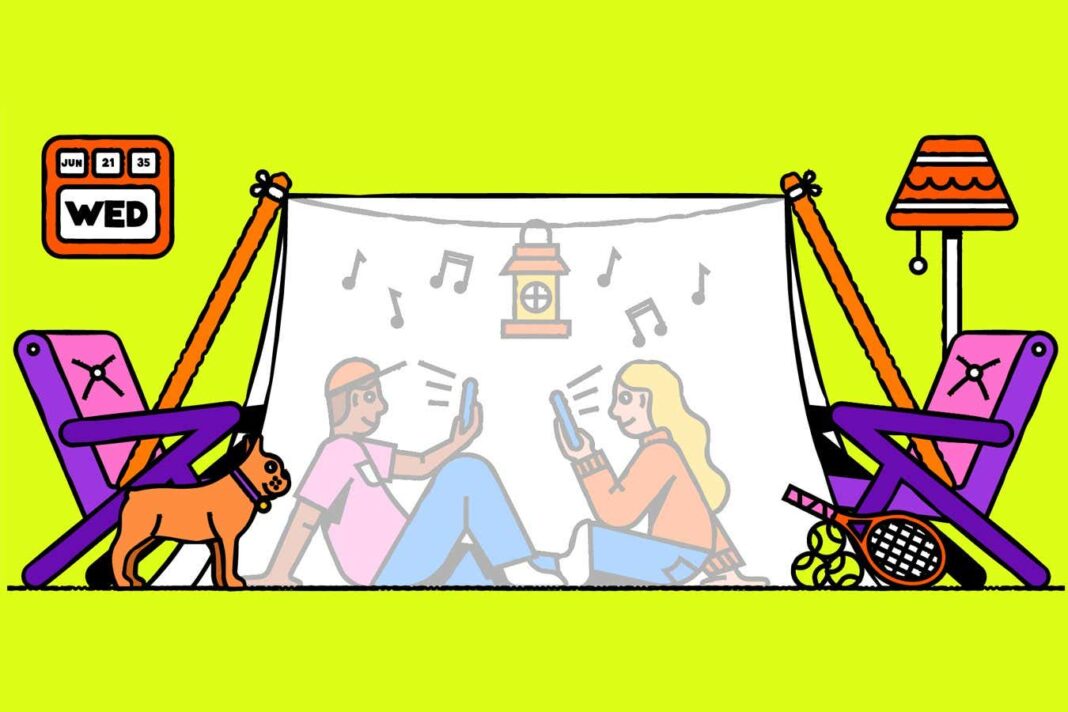The Truth About Social Media and Screen Time’s Impact on Young People
Introduction
Social media and screen time have become a pervasive part of everyday life, especially for young people. With the rise of smartphones and constant connectivity, the impact of social media and screen time on young individuals has been a topic of much debate. While these platforms offer numerous benefits, such as connectivity, information sharing, and entertainment, there are also concerns about their potential negative effects on mental health, relationships, and overall well-being.
The Positive Aspects of Social Media
Social media has revolutionized the way we communicate and interact with one another. It allows young people to stay connected with friends and family members, share their thoughts and experiences, and access a wealth of information and resources. Platforms like Facebook, Instagram, and Twitter have become integral parts of many young people’s lives, enabling them to express themselves creatively and engage with a global community.
Benefits of Social Media for Young People:
- Enhanced communication and connectivity
- Opportunities for self-expression and creativity
- Access to diverse perspectives and information
- Networking and career opportunities
The Negative Effects of Excessive Screen Time
While social media offers several benefits, excessive screen time can have detrimental effects on young people’s mental and physical health. Spending too much time on smartphones, tablets, and computers can lead to decreased physical activity, poor sleep quality, and increased feelings of loneliness and isolation. Additionally, the constant exposure to curated images and unrealistic standards on social media can contribute to low self-esteem and body image issues among young individuals.
Effects of Excessive Screen Time on Young People:
- Decreased physical activity and obesity
- Poor sleep quality and insomnia
- Increased feelings of loneliness and isolation
- Low self-esteem and body image issues
Striking a Balance
It is essential for young people to strike a balance between utilizing social media as a tool for connection and self-expression and practicing mindful screen time habits. Setting boundaries, establishing tech-free zones, and engaging in offline activities are effective ways to reduce the negative impact of excessive screen time. By prioritizing real-life interactions, physical activity, and self-care, young individuals can maintain a healthy relationship with social media and technology.
Conclusion
In conclusion, social media and screen time can have both positive and negative effects on young people. While these platforms offer opportunities for communication, creativity, and connection, excessive screen time can lead to adverse consequences on mental and physical well-being. It is crucial for young individuals to practice mindfulness, set boundaries, and prioritize real-life interactions to maintain a healthy balance between virtual and offline experiences.
FAQs (Frequently Asked Questions)
1. How much screen time is considered excessive for young people?
According to the American Academy of Pediatrics, young people should limit screen time to no more than 2 hours per day for entertainment purposes. However, individual screen time limits may vary based on personal circumstances and activities.
2. What are some strategies for reducing screen time among young people?
Some effective strategies for reducing screen time include setting time limits, establishing tech-free zones, engaging in physical activities, and promoting face-to-face interactions with friends and family members.
3. How can parents support their children in maintaining a healthy relationship with social media?
Parents can support their children in maintaining a healthy relationship with social media by setting boundaries, modeling positive screen time habits, encouraging open communication, and monitoring their online activities.




